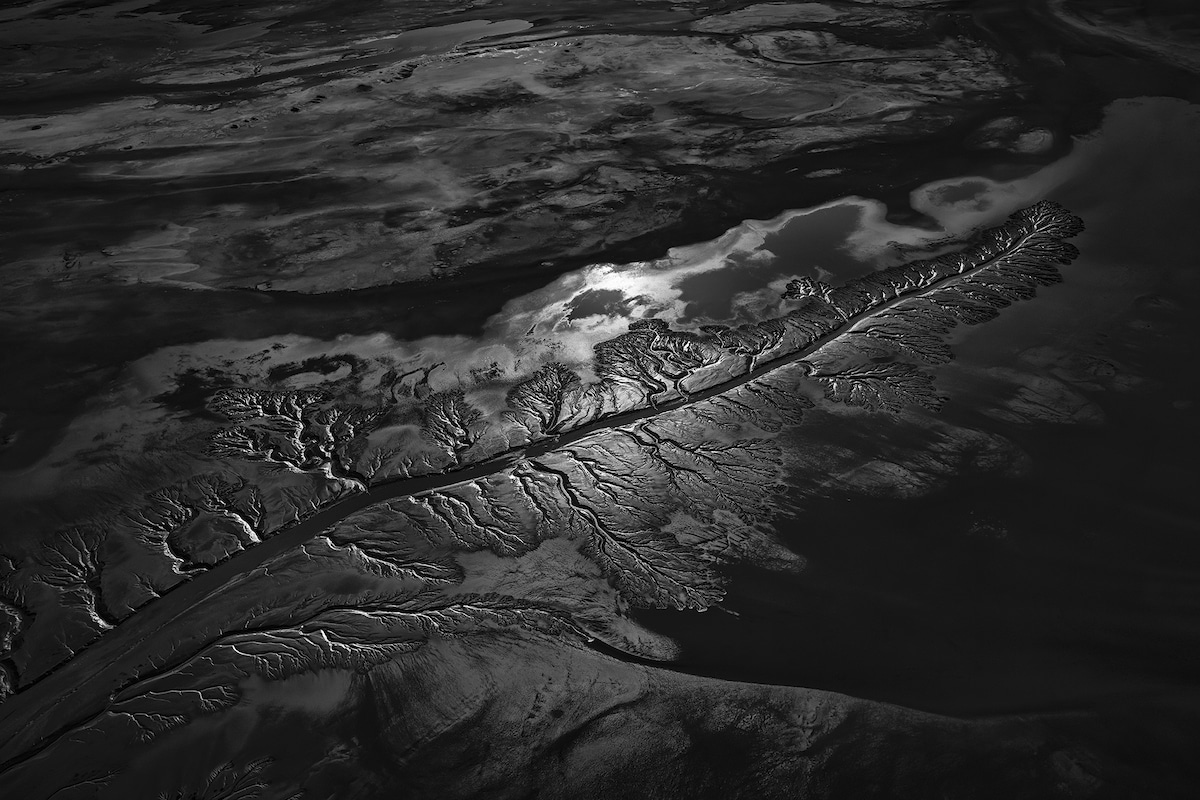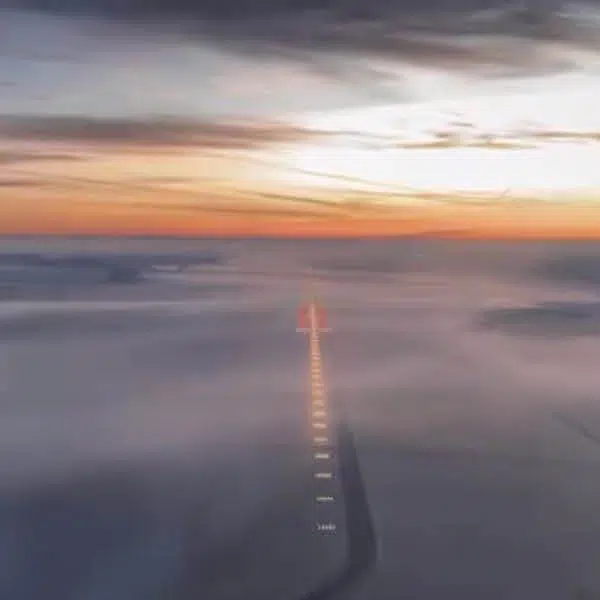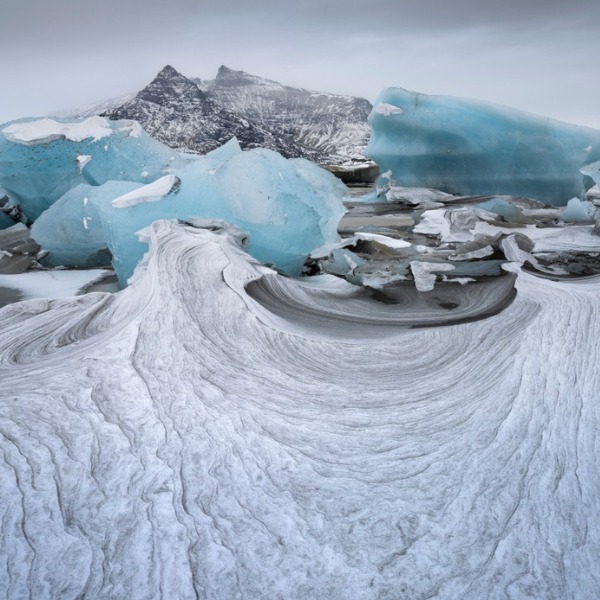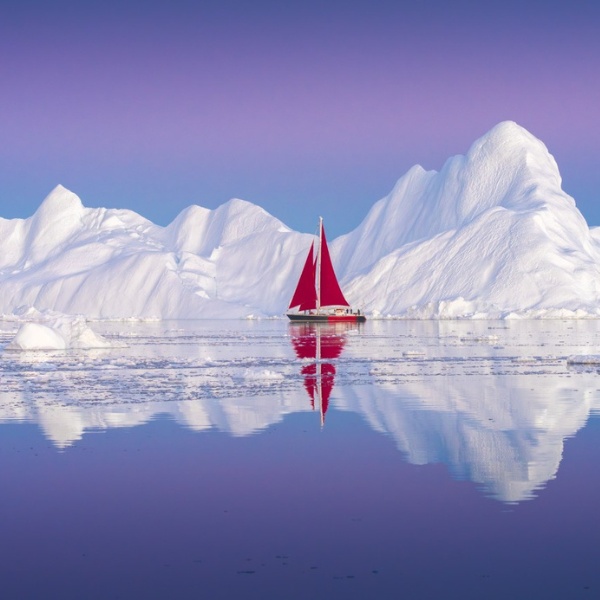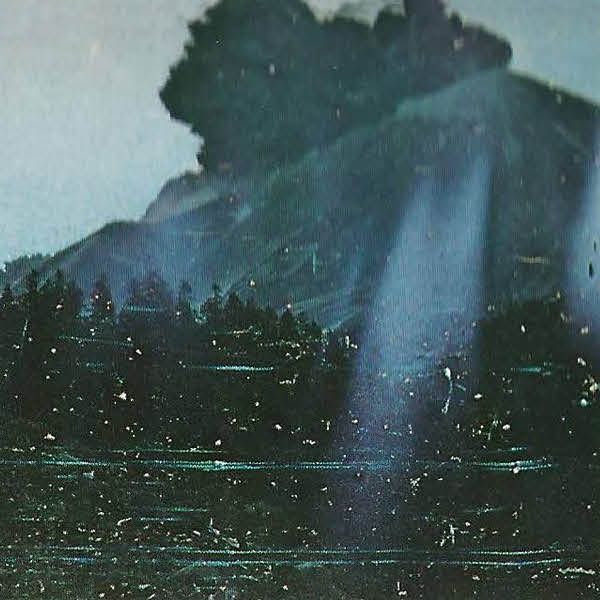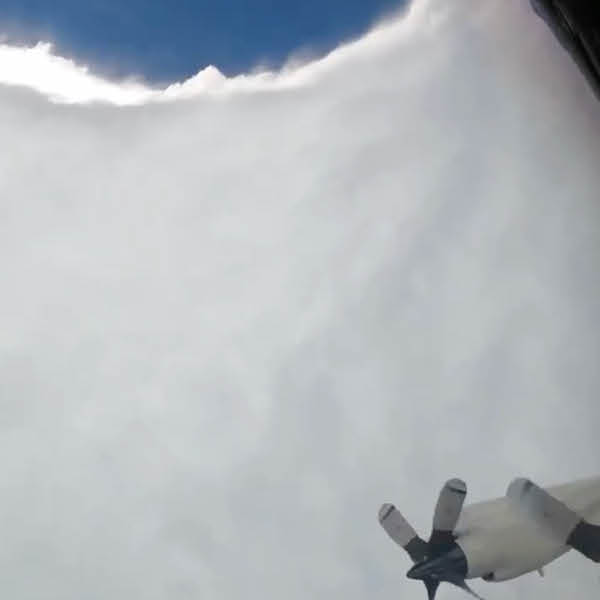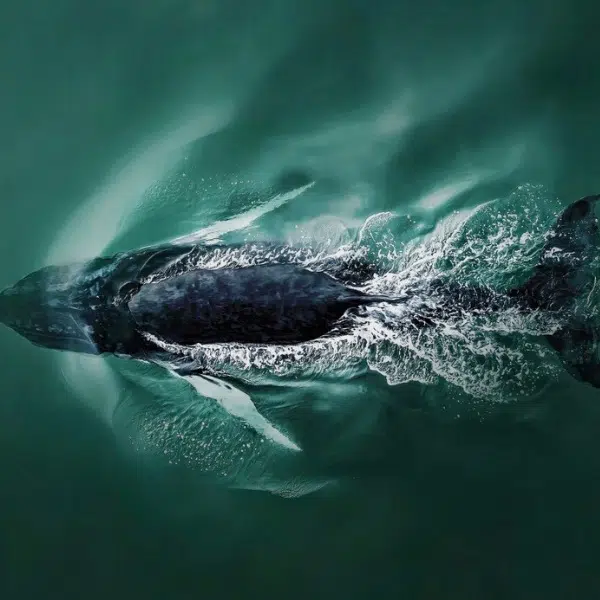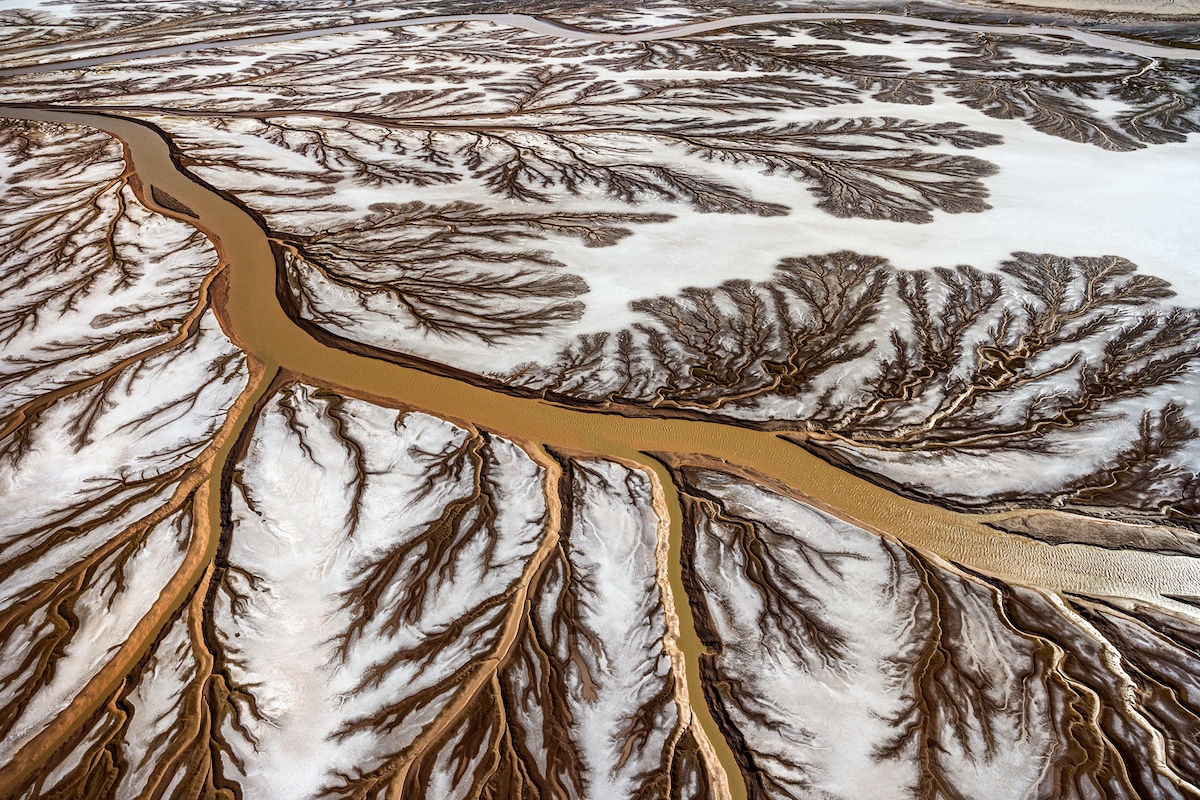
Conservation photographer Paul Nicklen is a leader in using his art to promote change. His new series Delta is no different. At first glance, these spectacular aerial photos simply highlight the beauty of our planet. But upon closer examination, they also demonstrate climatic issues caused by humans.
The reality is that these photographs actually show the straggling remains of the Colorado River as it peters out before reaching the Sea of Cortez, which was once its final destination. The freshwater river flowed freely for millions of years, all the way to Baja, Mexico. Now, due to droughts and 14 dams that block the river, it dries up well before reaching the sea. What Nicklen has photographed is the dying remains of the delta, a place that used to nourish millions of birds that would migrate and feed on its lush green forest. All that is left behind is a salt marsh.
“The tides now, instead of going through old grassy fields, are going through salt and silt and carving their way through the sediment,” Nicklen tells My Modern Met. “They're showing that this is the hearts and the lungs and the trees of our planet, sort of carving and etching and reminding us of what once was in this beautiful delta.”
In these powerful images, taken from a two-seater plane, we see the spidering remains of the freshwater river. As it makes its way into this delta, rivulets appear as trees or lungs etched into the earth. For Nicklen, who often uses images of wildlife to illustrate stories of conservation, the decision to show the delta was easy.
“I want people to walk away and say, drought is not something that’s just happening in Africa or in Australia,” he shares. “It’s happening right here in our backyard, in the United States and Canada. Climate change is here, it’s real, and it’s affecting all of us.”
Paul Nicklen's series Delta is a powerful look at the effects of drought in the United States.
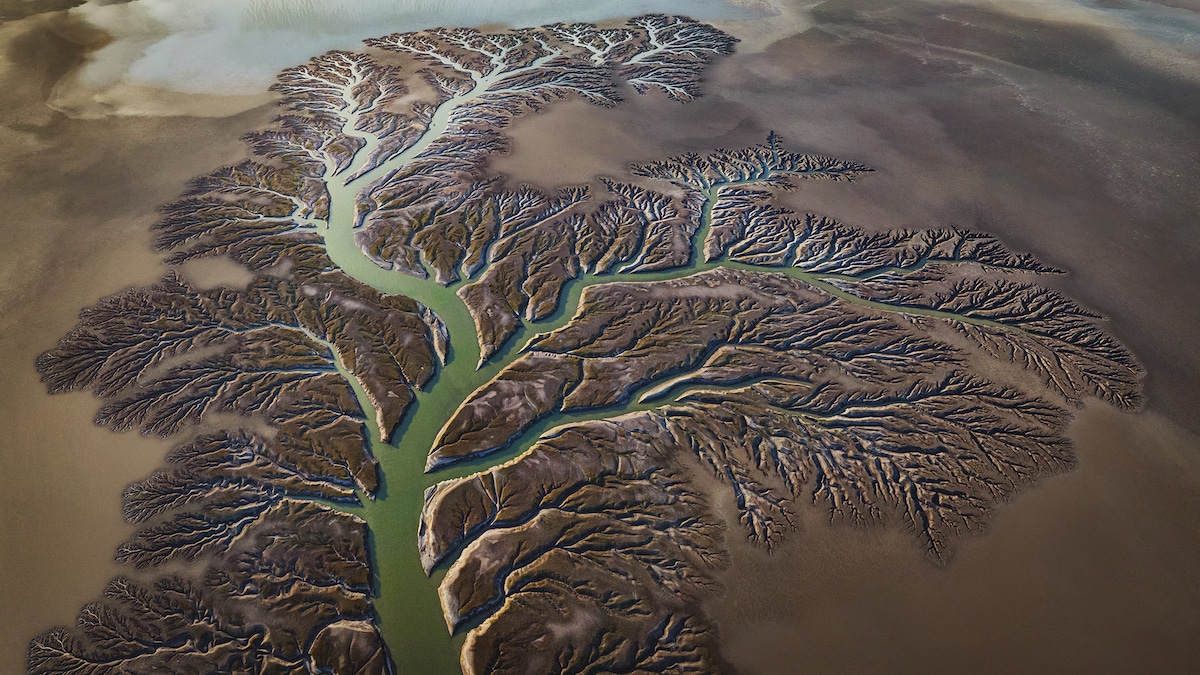
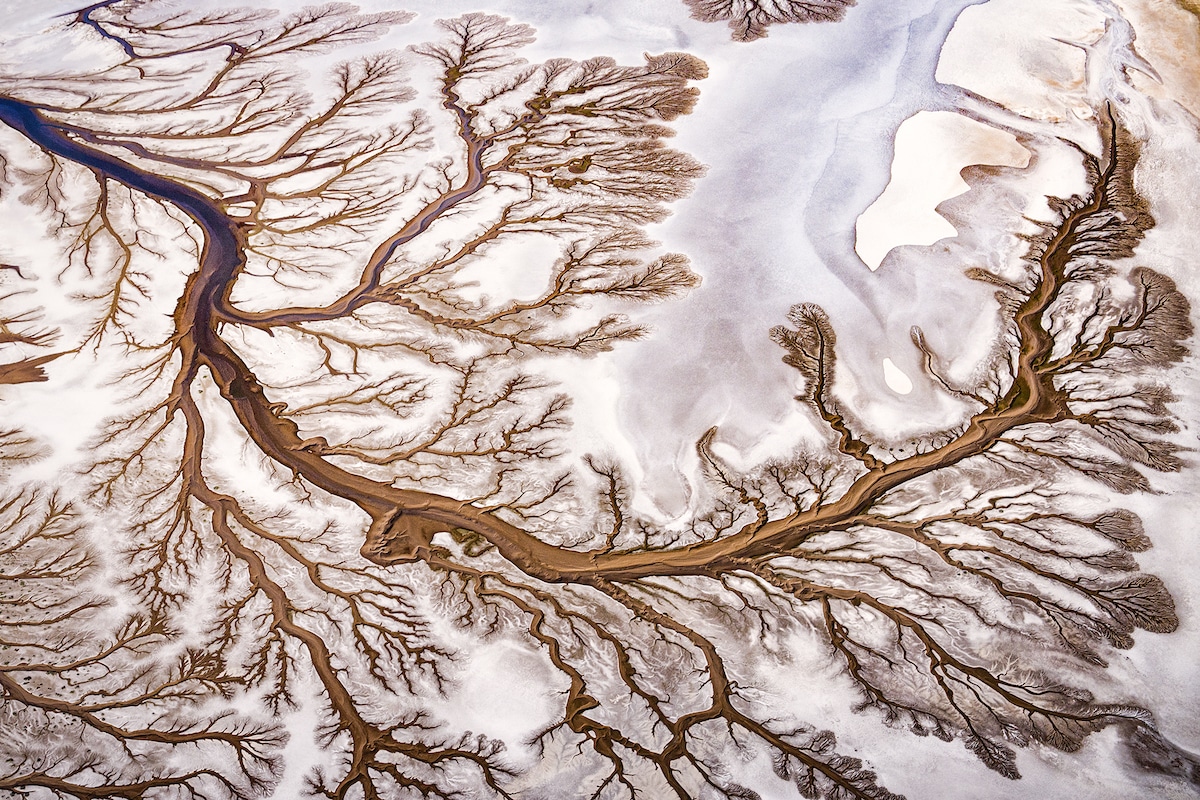
These aerial photos show the dried-up remains of the Colorado River, which once stretched to the Sea of Cortez.

The freshwater river now dries up hundreds of miles before its destination, leaving behind a barren salt marsh.
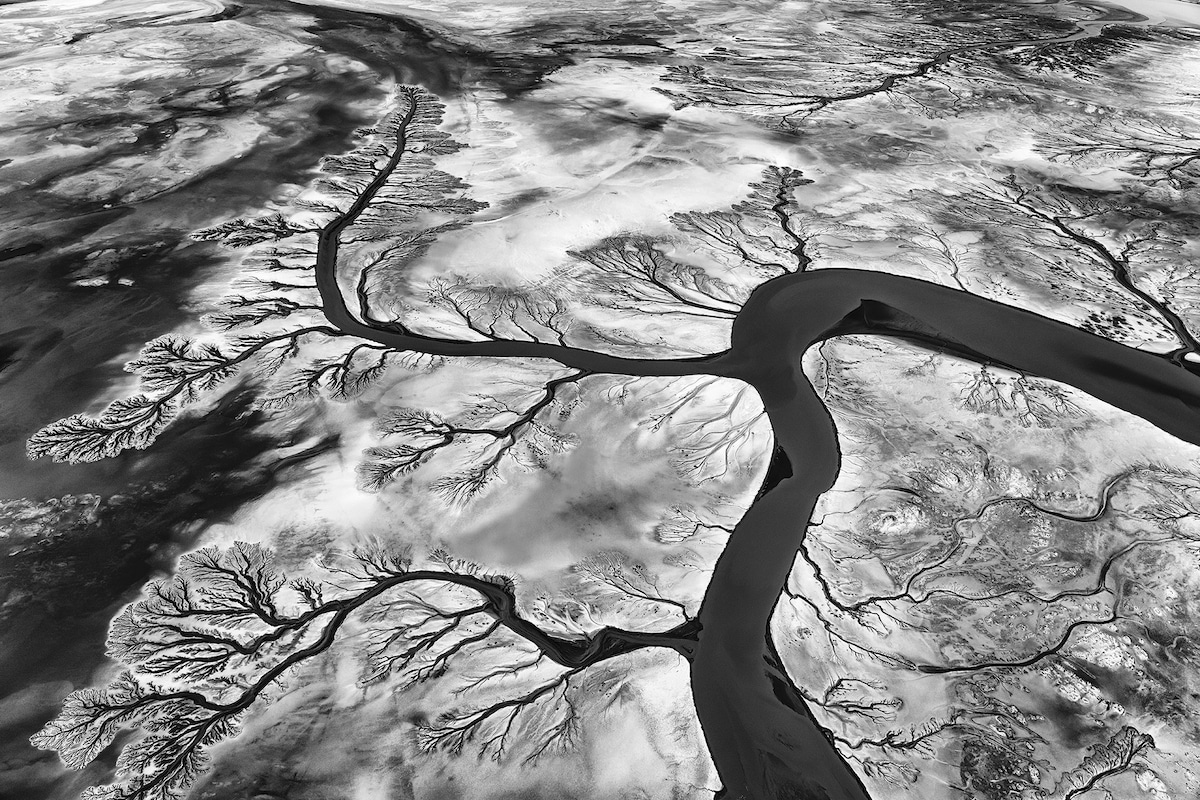
The area was once a lush green forest that nourished millions of migrating birds.
